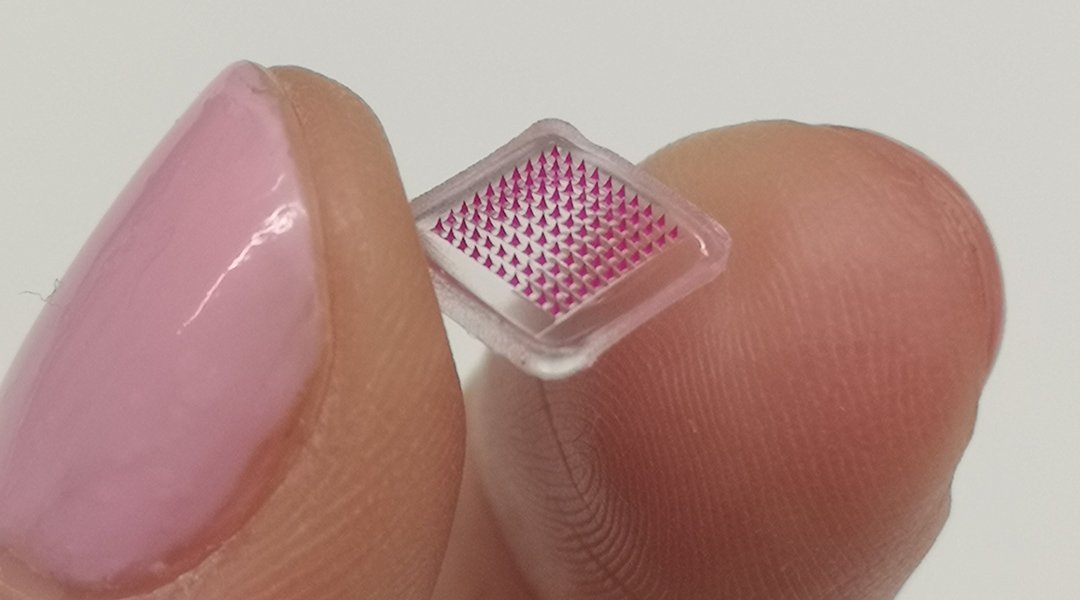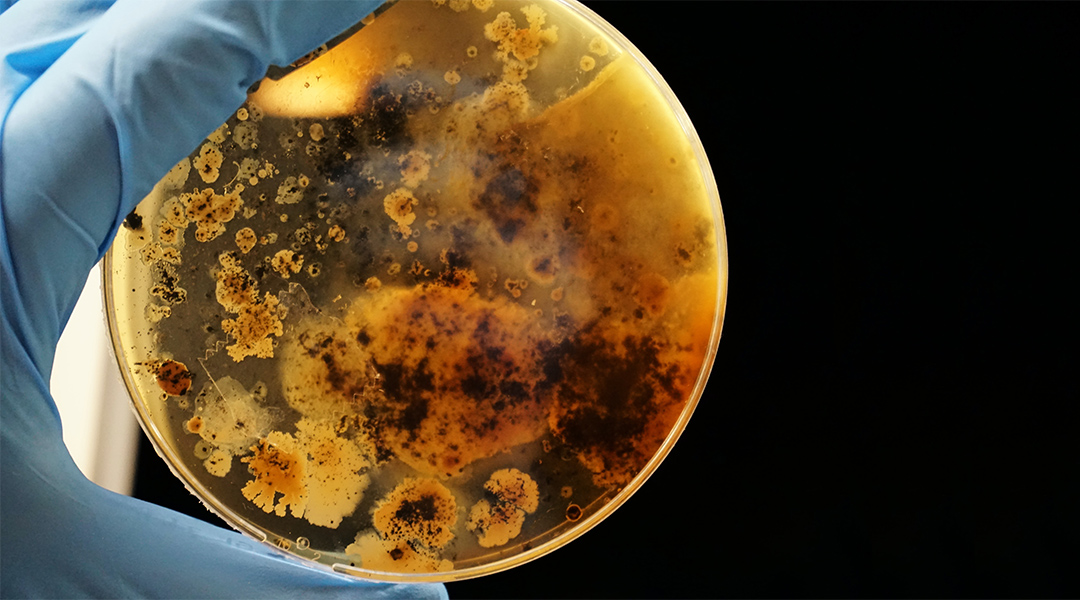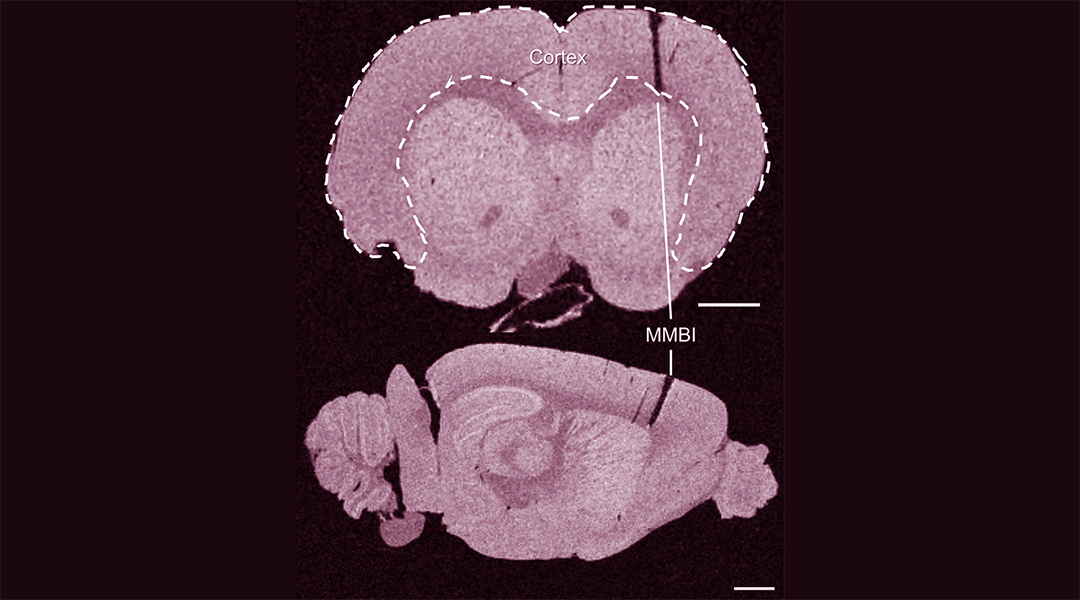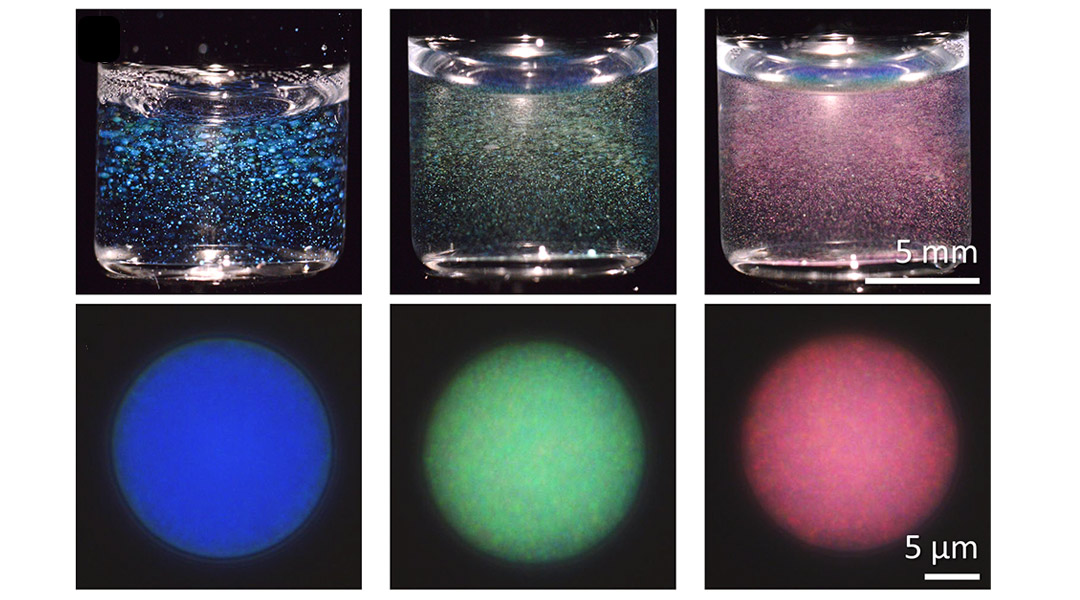A microneedle patch that delivers antibiotics directly into the affected skin area could help treat deadly bacterial infections.


A microneedle patch that delivers antibiotics directly into the affected skin area could help treat deadly bacterial infections.

A team of scientists have created a cost-effective way to destroy bacterial biofilms, paving the way for advancements in everything from healthcare to utilities.

Pudding-like implants with a sugar-based delivery system show promise in reducing the foreign body response against brain implants.

A new material helps robots analyze and navigate their environments by scanning codes invisible to the human eye.

Asteroids are always pelting Earth, but what happens if the big one comes along? The European Space Agency’s new asteroid telescope is coming to the rescue.

The new technique creates color on metal that can be changed, erased, and rewritten.

Researchers create a new and elegant way of producing nanostructured microparticles, yielding a vibrant palette of colors from a single polymer brush.

From better 3D printers to cross-species communication and otherworldly music, scientists unlock the hidden, musical language of spiders.

A new simulation technique accelerates modeling to help us better understand complex molecular processes and facilitate rational drug design.

The stability and versatility of gold nanoparticles make them an ideal candidate for implantable sensors